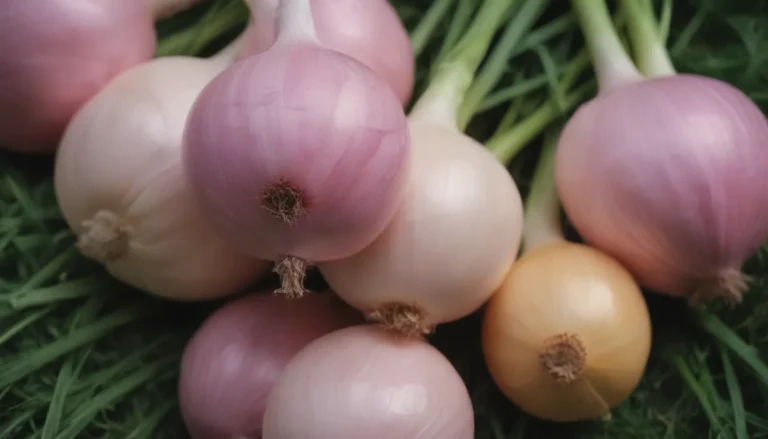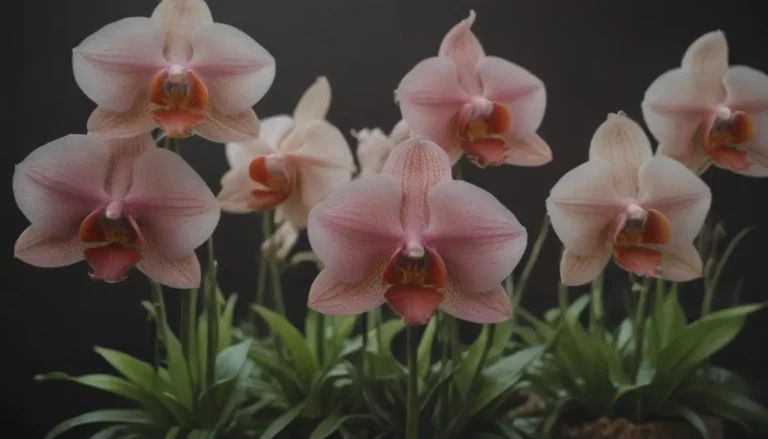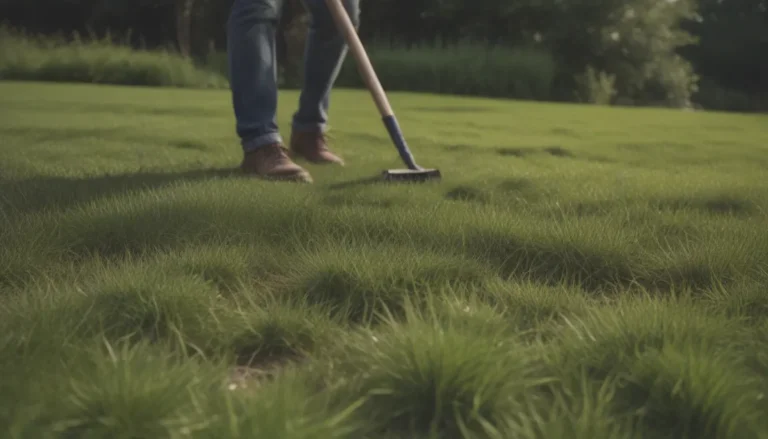The Ultimate Guide to Growing and Caring for Cantaloupe

Cantaloupe, also known as Cucumis melovar.reticulatus, is a delightful and delicious fruit that is a favorite among many gardeners. With its distinctive beige netted pattern on the outside and sweet orange flesh inside, cantaloupe is a refreshing treat that is perfect for summer snacking. In this comprehensive guide, we will explore everything you need to know about growing and caring for cantaloupe in your own garden.
Planting Cantaloupe
Cantaloupe is a warm-weather crop that thrives in full sun and well-drained, nutrient-rich soil. Here are some tips for successfully planting cantaloupe in your garden:
Selecting a Planting Site
- Choose a sunny spot with well-drained soil for your cantaloupe.
- Avoid planting cantaloupe near watermelon to prevent attracting the same pests and diseases.
Spacing, Depth, and Support
- Plant seeds approximately one inch deep and 18 inches apart in rows that are three feet apart.
- Consider providing support for your vines by training them to grow up a sturdy trellis.
When to Plant
- Start seeds indoors four to six weeks before the last spring frost date in cold climates.
- In warm climates, you can plant seeds directly outdoors once the soil temperature is above 60 degrees Fahrenheit.
Cantaloupe Plant Care
Taking care of your cantaloupe plants is essential for a healthy and bountiful harvest. Here are some key care tips to keep in mind:
Light
- Cantaloupe plants need at least six hours of direct sunlight each day for healthy growth.
- Sufficient sunlight also helps to keep the foliage dry and minimize the risk of fungal diseases.
Soil
- Cantaloupe thrives in loamy, sandy soil with a slightly acidic to neutral pH.
- Amending the soil with compost before planting can improve drainage and nutrient content.
Water
- Water your cantaloupe plants regularly, providing approximately two gallons of water per week during the growing season.
- Water in the morning to allow leaves to dry off during the day.
Temperature and Humidity
- Cantaloupe plants prefer temperatures between 70 to 90 degrees Fahrenheit for optimal growth.
- High humidity during the initial growth phase is ideal, while humidity levels of around 60 to 70 percent are suitable during flowering and fruit development.
Fertilizer
- Conduct a soil test before applying fertilizer to avoid excessive nitrogen levels.
- Adding composted manure during planting and using a balanced organic fertilizer every few weeks can help promote healthy growth.
Pollination
- Cantaloupe plants produce male and female flowers that require pollination.
- Hand-pollination can be done by transferring pollen from male flowers to female flowers for better fruit production.
Harvesting Cantaloupe
Knowing when to harvest your cantaloupe is essential for enjoying ripe and flavorful fruits. Here are some signs that indicate your cantaloupe is ready to be picked:
- The fruit’s skin changes from green to tan.
- There is a crack in the stem where it attaches to the fruit.
- The fruit easily twists off the vine.
Types of Cantaloupe
There are several cultivars of cantaloupe available, each with its own unique characteristics. Some popular cultivars include:
- ‘Athena’
- ‘Ambrosia’
- ‘Hale’s Best Jumbo’
Cantaloupe vs. Muskmelon
In North America, what is commonly referred to as cantaloupe is actually a type of muskmelon. True cantaloupes are the European muskmelon variety, which has distinctive characteristics that set it apart from North American varieties.
Growing Cantaloupe in Pots
If you don’t have a suitable garden site, growing cantaloupe in containers can be a viable option. Here are some tips for successfully growing cantaloupe in pots:
- Choose a smaller cantaloupe variety that is suitable for container growth.
- Use a 5-gallon container with drainage and provide support for the vines to grow upward.
Pruning
Pruning your cantaloupe vines can help improve fruit quality and size. Remove buds on the ends of vines to redirect energy towards fruit production for a better harvest.
Propagating Cantaloupe
You can propagate cantaloupe plants by saving and planting seeds from ripe fruits. This cost-effective method allows you to grow new plants from a specific variety that you prefer.
Common Pests and Plant Diseases
Cantaloupe plants are susceptible to pests and diseases that can affect their growth and yield. Common pests include aphids, squash vine borer moths, and cucumber beetles, while diseases like powdery mildew and fusarium wilt can impact plant health.
In conclusion, growing and caring for cantaloupe in your garden can be a rewarding experience. By following these tips and guidelines, you can enjoy a bountiful harvest of delicious and sweet cantaloupe fruits. Happy gardening!
Remember to provide proper care and attention to your cantaloupe plants, and you’ll soon be enjoying the fruits of your labor. Whether you’re a novice gardener or a seasoned pro, growing cantaloupe is a fun and engaging way to add fresh, homegrown produce to your table.
So, roll up your sleeves, dig in the soil, and let the sweet taste of cantaloupe be your reward for a job well done!





